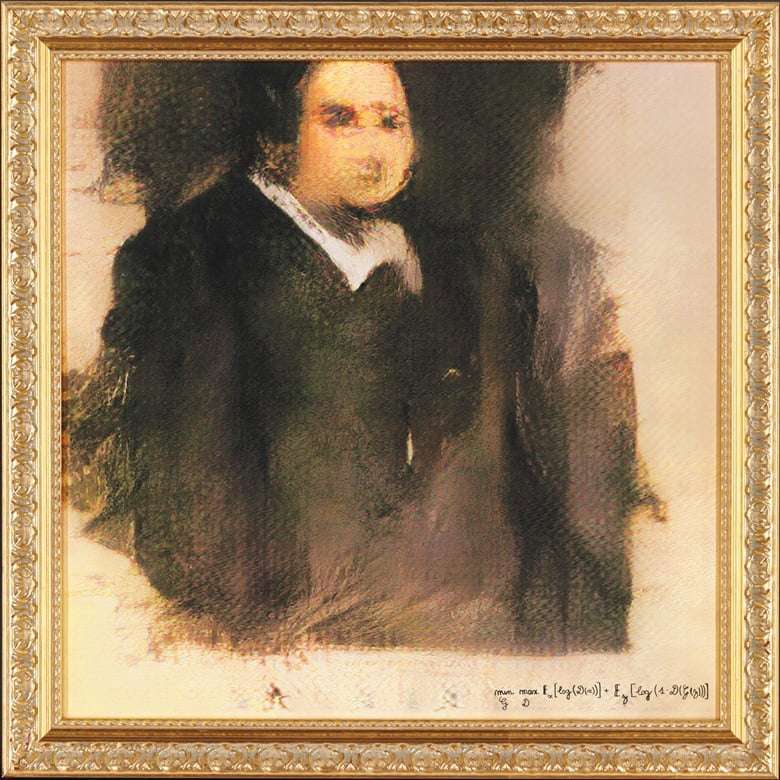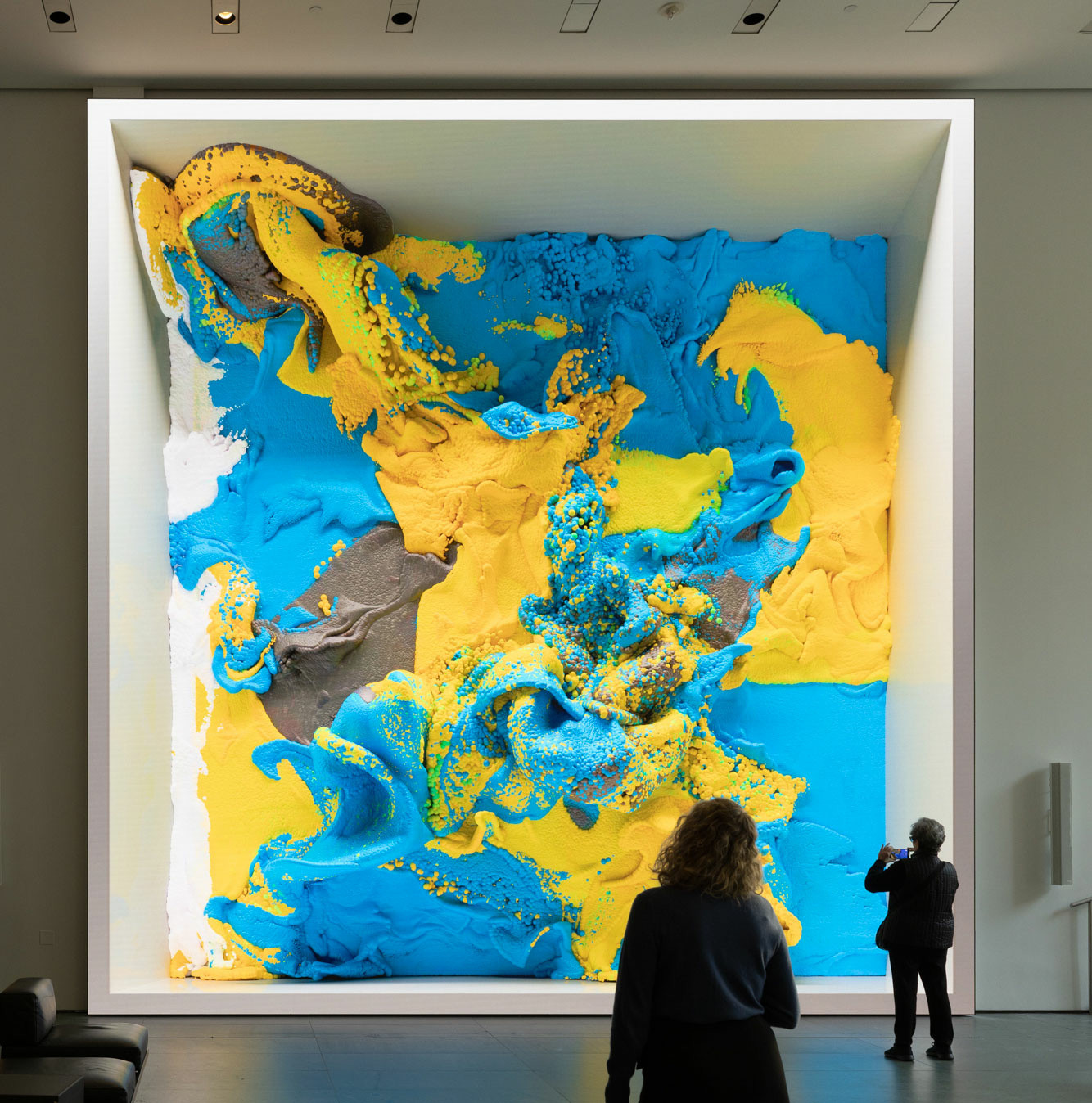- The Déjà Digest
- Posts
- A Picture is Worth 1,000 Gigabytes
A Picture is Worth 1,000 Gigabytes
A PhotogrAIphic Controversy
Background: In an unexpected twist at the 1839 Color Photography Awards, a photographer named Miles Astray entered his real photograph of a flamingo into the AI-generated images category. The photograph won the competition, only to be disqualified later when the judges discovered it wasn't AI-generated.
We don’t have to go far back to find other photography award controversies with AI, but this recent one flipped the script a little. Typically, these situations involved AI beating real photos.
Deja Vu:
In April 2023, the World Photography Organization found itself at the center of controversy when an AI-generated image was submitted to their prestigious competition. The image, which initially impressed the judges and was selected for an award, was later revealed by the creator, German artist Boris Eldagsen, to be a product of AI.
Eldagsen, who has a background in both photography and digital art, declined the award, stating that his intention was to create a discussion around the use of AI in art. He expressed concerns about the ethical implications and the need for clearer guidelines and distinctions in art competitions.
A year before that, the same story unfolded at the Colorado State Fair. An AI-generated artwork titled "Théâtre D'opéra Spatial" won first place in the digital arts category. The artwork, created by Jason M. Allen using the AI program Midjourney, drew mixed reactions from the public and the art community. Some praised the innovative use of technology, while others criticized the decision, arguing that it undermined traditional artistic skills and human creativity.
Allen, for his part, isn’t sorry that he won. In an interview with the Pueblo Chieftain, Allen said, “I wanted to make a statement using artificial intelligence artwork. I feel like I accomplished that, and I’m not going to apologize for it.”
Fact:
AI is already deeply rooted in photography practices.
AI-Powered Editing Tools: AI-driven photo editing software, such as Adobe Photoshop and Lightroom, use machine learning algorithms to automatically enhance images. These tools can adjust lighting, remove blemishes, and even replace backgrounds with remarkable accuracy.
AI in Camera Technology: Modern cameras, including those in smartphones, incorporate AI to improve image quality. AI algorithms help with features like scene recognition, autofocus, image stabilization, and HDR (High Dynamic Range) processing, ensuring optimal settings for each shot.
AI Image Recognition: AI-powered image recognition technology is widely used in various applications, from social media platforms like Facebook and Instagram for tagging and organizing photos, to security systems for identifying individuals and objects in real-time surveillance footage.
Definition: Inpainting
A technique used by AI to fill in missing parts of an image in a way that looks natural. It’s often used in image restoration and editing.
Quote: A picture is a secret about a secret, the more it tells you the less you know.
Number: $432,500
In 2018, an AI-generated portrait titled "Edmond de Belamy" sold for $432,500 at Christie’s auction house, more than 40 times its estimated price, marking a significant milestone for AI-created art and its acceptance in the traditional art market.
Profile: Refik Anadol
Refik Anadol is a Turkish media artist and director who has gained international recognition for his groundbreaking work in the intersection of art, architecture, and AI. Anadol’s installations often transform data into immersive visual experiences, using AI to process and visualize massive datasets in real-time.
Anadol’s projects, such as "Melting Memories" and "Infinity Room," utilize AI to create dynamic and interactive environments. "Melting Memories," for instance, translates EEG data (brainwave activity) into mesmerizing digital visuals that explore the nature of memory and human consciousness.
Final Word:
We’ve used some AI images here at The Deja Digest. We’ve found them useful to quickly convey a a topic or idea. Contests that have an AI controversy make for an interesting discussion starting point. While the stakes are relatively small, we know it’s indicative of a broader, more pivotal moment for the art community to address the challenges and opportunities presented by AI.
What did you think of this issue? |



